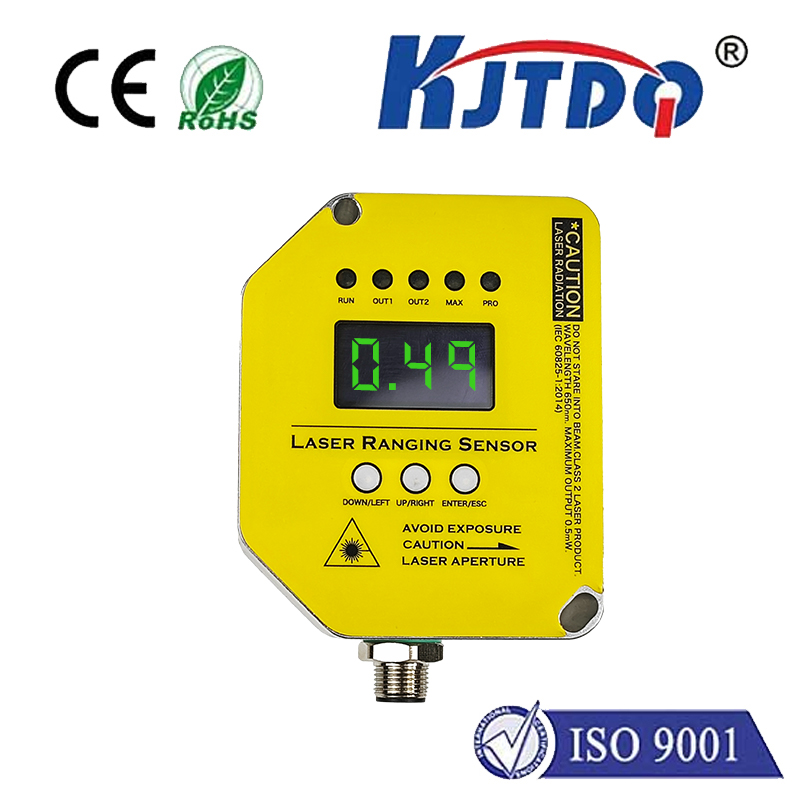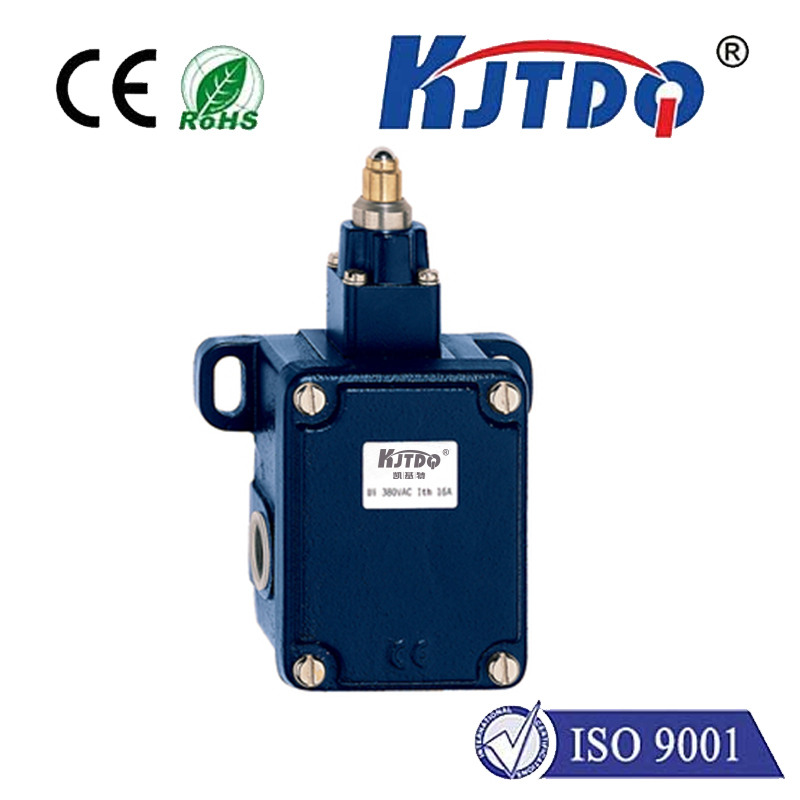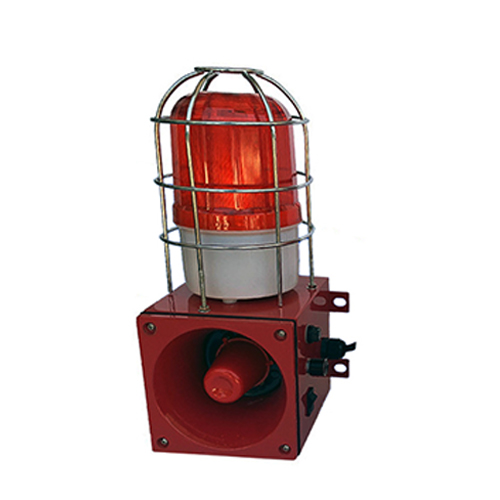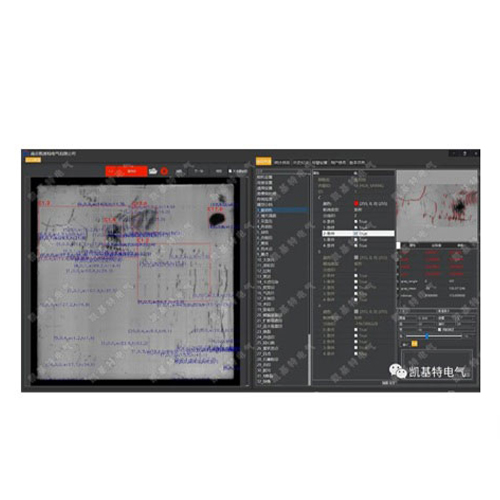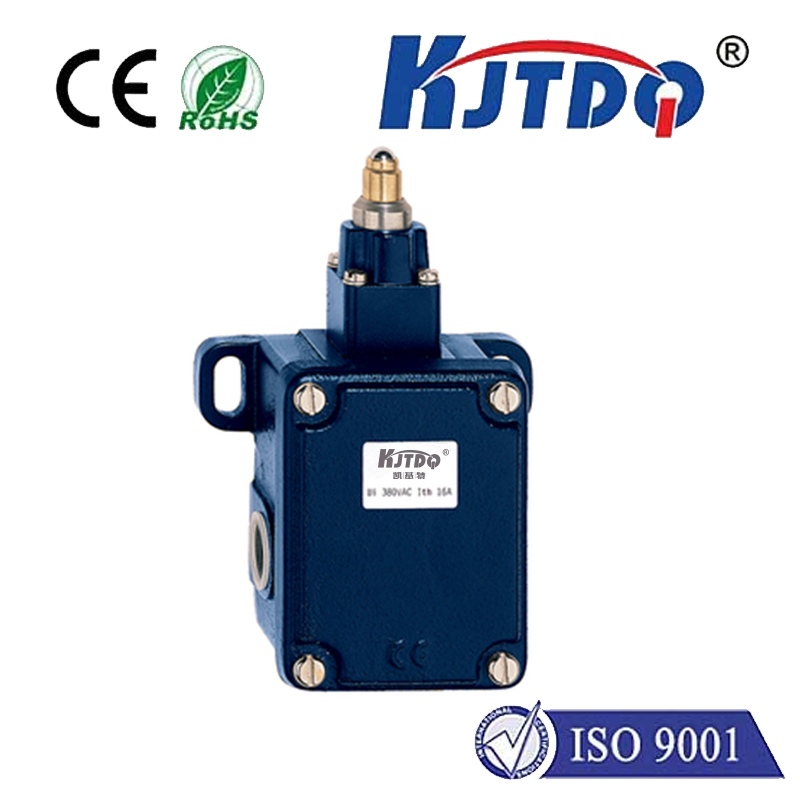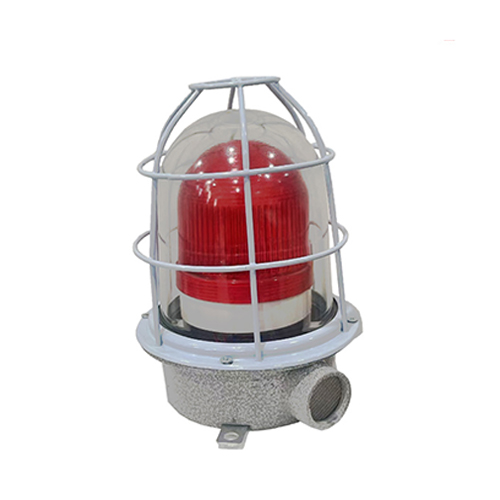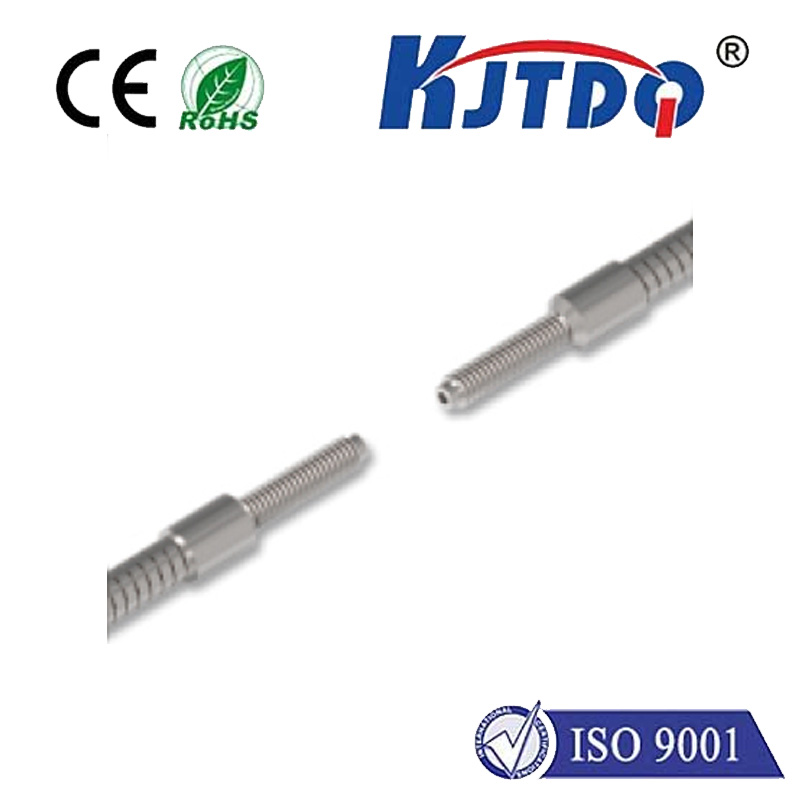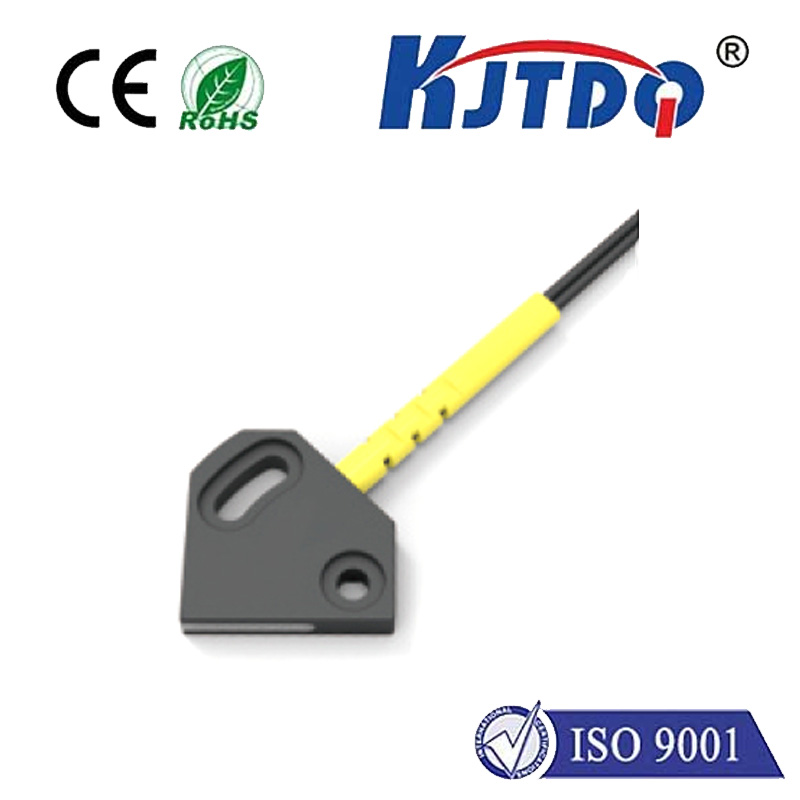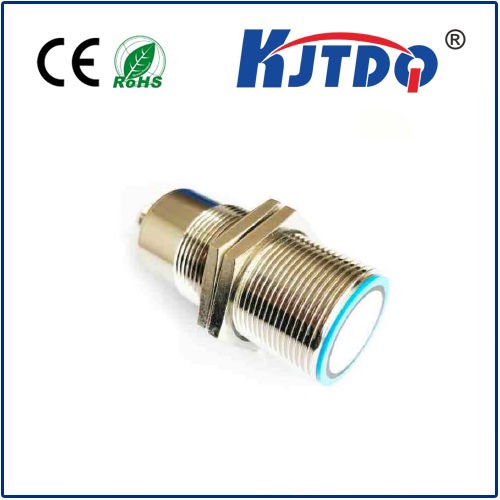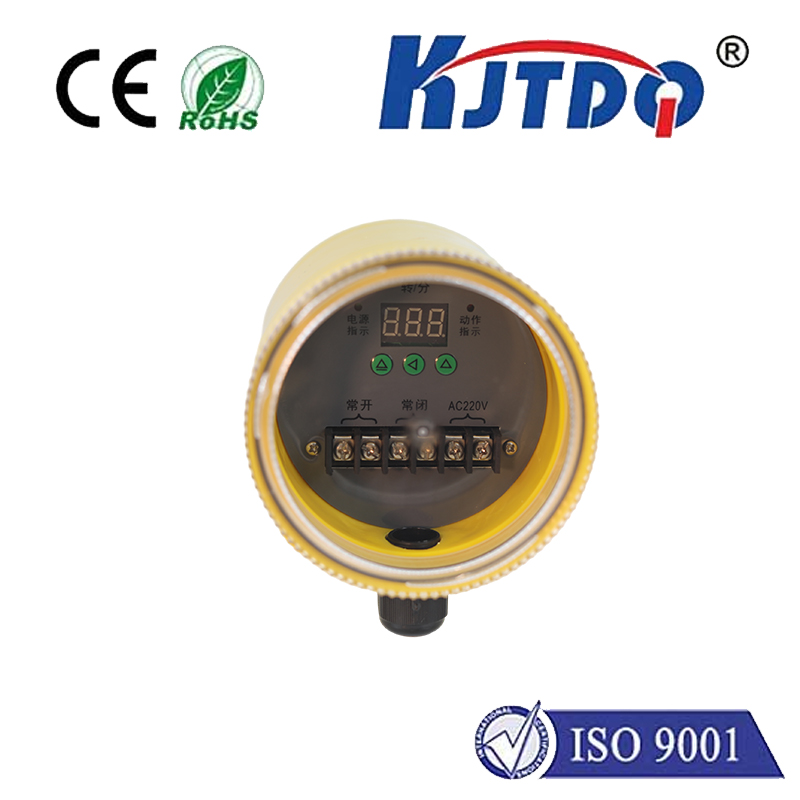laser vibration sensor
- time:2025-08-27 09:14:43
- Click:0
Laser Vibration Sensors: The Non-Contact Solution for Precision Measurement
Imagine a high-precision turbine spinning at thousands of RPMs, a delicate microchip undergoing testing, or even a centuries-old historical structure slowly shifting. What invisible forces are at play? Vibration. Understanding and measuring these often-microscopic movements is critical for safety, efficiency, and innovation across countless industries. This is where the remarkable technology of laser vibration sensors shines, offering an unparalleled, non-contact vibration measurement solution where traditional sensors simply cannot reach or risk interference.
Why Vibration Measurement Matters: The Unseen Impact
Vibration isn’t just noise or shaking; it’s a language spoken by machines and structures. Excessive or unexpected vibration signals impending failure, misalignment, imbalance, or structural flaws. Precise vibration analysis enables:
- Predictive Maintenance: Detecting anomalies before catastrophic failure, saving costs and preventing downtime.
- Quality Control: Ensuring manufactured parts (like engines, rotors, electronics) meet stringent vibration specifications.
- Structural Health Monitoring: Assessing the integrity of bridges, buildings, wind turbines, and aircraft components.
- Acoustic Research: Analyzing sound sources and noise reduction strategies.
- Medical Diagnostics & Research: Studying vocal cord vibration, tissue elasticity, or bone conduction.
Traditional contact sensors (accelerometers) are often the go-to, but they have limitations: they require physical mounting (which can alter the measurement), may not handle extreme temperatures, struggle with very small or lightweight objects, and risk damage on hot or moving surfaces. Enter the laser Doppler vibrometer (LDV).
Unlocking the Invisible: How Laser Vibration Sensors Work

At the heart of most laser vibration sensors lies the Laser Doppler Vibrometry principle. This sophisticated technology utilizes the Doppler effect – the same phenomenon that changes the pitch of a siren as it passes you. Here’s a simplified breakdown:
- Laser Emission: A highly focused, coherent laser beam is directed onto the target surface.
- Light Interaction: The light reflects off the vibrating surface. Crucially, the vibration causes the frequency of the reflected light to shift slightly. If the surface moves towards the sensor, the reflected light frequency increases; if it moves away, the frequency decreases.
- Doppler Shift Detection: The sensor collects the reflected light and compares its frequency to that of the original reference beam.
- Signal Processing: Advanced electronics measure this tiny frequency shift (Doppler shift) with incredible precision.
- Vibration Calculation: The velocity of the target’s vibration is directly proportional to this measured Doppler frequency shift. Displacement and acceleration can then be derived mathematically from the velocity signal.
Key Advantages: Why Choose Laser?
The non-contact vibration measurement capability unlocks a world of possibilities:
- No Mass-Loading: Contact sensors add mass, potentially dampening the vibration you’re trying to measure. Laser sensors impose zero mechanical load, ensuring measurements reflect the target’s true behavior. This is critical for delicate structures, lightweight components, and high-frequency measurements.
- Measurement on Difficult Surfaces: Measure extremely hot surfaces (e.g., jet engines, brakes), moving parts, rotating machinery, fragile objects (circuit boards, MEMS devices), or hazardous environments safely from a distance.
- High Spatial Resolution: The laser spot can be incredibly small (microns to millimeters), allowing precise measurement at specific points on a structure, ideal for mapping vibration patterns (operational deflection shapes).
- Exceptional Precision and Range: Capable of detecting velocities from micrometers per second up to meters per second and displacements down to the picometer range.
- Wide Frequency Range: Capable of measuring vibrations from sub-Hz up to GHz frequencies, far exceeding typical contact sensors.
- Remote Sensing: Measure vibrations from meters away, ideal for inaccessible or dangerous locations.
Where Laser Vibration Sensors Excel: Real-World Applications
The unique capabilities of laser vibrometers make them indispensable tools in diverse sectors:
- Aerospace & Defense: Testing jet engine components (blades, turbines), analyzing aircraft skin flutter, structural modal analysis, monitoring rotor dynamics, studying shock/vibration on payloads, and non-destructive testing (NDT).
- Automotive: Measuring engine block vibration, exhaust system dynamics, brake squeal analysis, NVH (Noise, Vibration, Harshness) testing on full vehicles or components, tire testing.
- Microelectronics (MEMS/NEMS): Characterizing the vibration response of tiny sensors, actuators, and resonators where contact sensors are physically impossible. Precision vibration analysis at the microscale is vital for device development.
- Energy: Monitoring vibrations in power plant turbines, generators, gearboxes, and wind turbine blades (often using long-range vibrometers for rotating blades).
- Research & Development: Universities and labs investigating material properties, acoustics (sound intensity mapping), biomechanics (bone/tissue vibration), fluid-structure interaction, and developing new sensing technologies.
- Civil Engineering: Assessing vibrations in bridges and buildings caused by traffic, construction, or seismic activity. Monitoring historical structures for subtle shifts.
- Acoustics & Audio: Visualizing sound fields, identifying noise sources on complex machinery, studying speaker diaphragms, and musical instrument research.
Modern Advancements: Beyond the Basic Beam
While the core Laser Doppler Vibrometry principle remains constant, technology continuously evolves:
- Scanning Laser Doppler Vibrometers (SLDV): Use moving mirrors to automatically scan the laser point over a grid on a surface, rapidly building detailed 2D or 3D vibration maps (ODS or mode shapes).
- Multi-Point Vibrometers: Use beam splitters or specialized optics to simultaneously measure vibration at several discrete points.
- Long-Range Vibrometers: Employ more powerful lasers and sophisticated tracking for measurements at distances of tens or even hundreds of meters (e.g., wind turbines, bridges).
- High-Frequency Vibrometers: Designed specifically for ultrasonic vibration measurement (MHz-GHz range).
Implementing Laser Vibration Measurement: Considerations
While powerful, laser vibration sensors require expertise and careful setup. Key factors include:
- Target Surface: Requires sufficient light reflection. Reflective tape or paint is often applied to dark, rough, or absorbing surfaces to enhance signal quality.
- Alignment: Precise laser alignment is crucial for optimal measurement, especially for small targets or long-range applications. Auto-tracking features help significantly.
- Environmental Conditions: Air turbulence, strong acoustic noise, or significant ambient light can potentially interfere with measurements.
- Interpretation: Data from sophisticated vibrometers, especially SLDVs, requires skilled interpretation for meaningful analysis.
Laser vibration sensors represent a pinnacle of non-contact vibration measurement technology. By harnessing the power of light and the Doppler effect, they overcome the limitations imposed by physical contact, enabling engineers and scientists to peer into the dynamic world of vibrations with unprecedented clarity and precision. From safeguarding massive industrial machinery to unlocking the secrets of microscopic devices, the laser’s touch-free probe continues to revolutionize how we measure, understand, and control the unseen movements that shape our engineered world.












